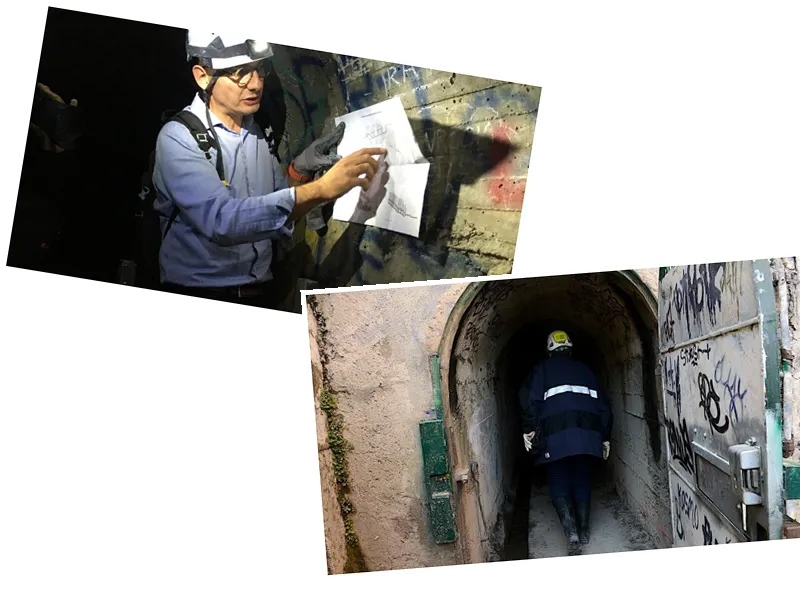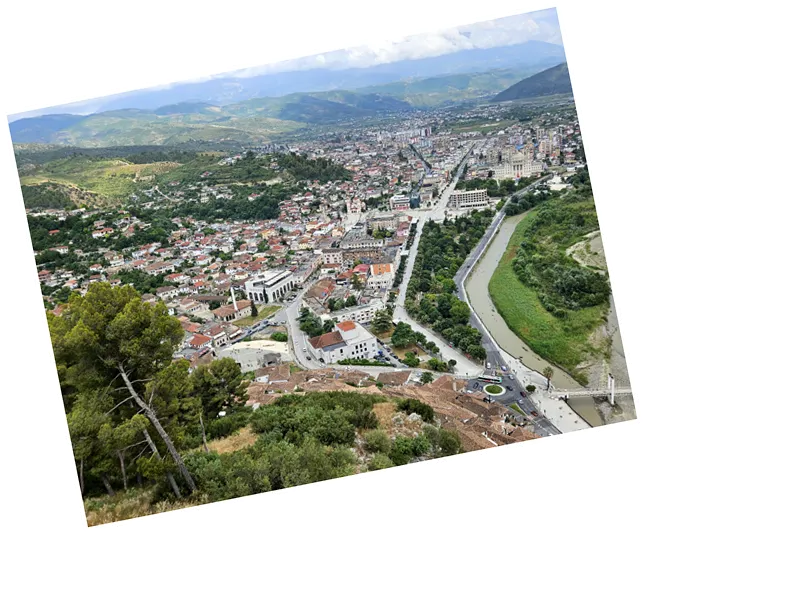Batroun: A Glimpse into Lebanon's Phoenician Heritage
Batroun, one of Lebanon's oldest cities, is steeped in rich history and archaeological significance. Located on the eastern coast of the Mediterranean Sea, approximately 50 kilometers from Beirut and 30 kilometers from Tripoli, the city boasts a remarkable Phoenician wall made of sandstone, standing about 5 meters high. Known in ancient times as "Botrys," which translates to "cluster of grapes," Batroun reflects its historical prominence in grape cultivation and trade.
The city has undergone various name changes throughout its history, including "Batrona" and "Betronion," as recorded in historical documents dating back to the fourteenth century BC. The name's origin is debated, with some attributing it to Greek, Syriac, or Phoenician roots, each reflecting the city's diverse cultural influences. Founded by Phoenician King Ithubaal I, Batroun later fell under Roman rule and was incorporated into the province of "Venice Prima" in 64 BC. This period marked a significant era for Batroun, granting it the right to mint coins and Roman citizenship, a privilege conferred by Julius Caesar.
Historical Landmarks and Cultural Significance
Batroun's historical narrative includes a devastating earthquake in 551 AD, which shaped its natural port, one of the largest on the coast. The city saw a succession of rulers, from Muslim conquerors to Crusaders, each leaving their mark on its architecture and culture. Notably, the Phoenician Sea Castle, built in the ninth century BC, served as a defense against Assyrian invasions and has been preserved through the ages.
Among Batroun's other notable landmarks is the natural Phoenician wall, a geological formation that has been fortified by rocks to protect against sea threats. Additionally, the Roman amphitheater, carved into the rock, highlights the city's cultural vibrancy, serving as a venue for theatrical performances and public events. Batroun's historical significance and architectural marvels make it a vital part of Lebanon's cultural heritage, attracting historians and tourists alike.





